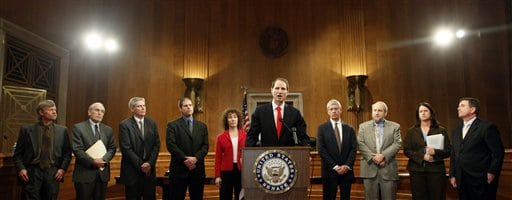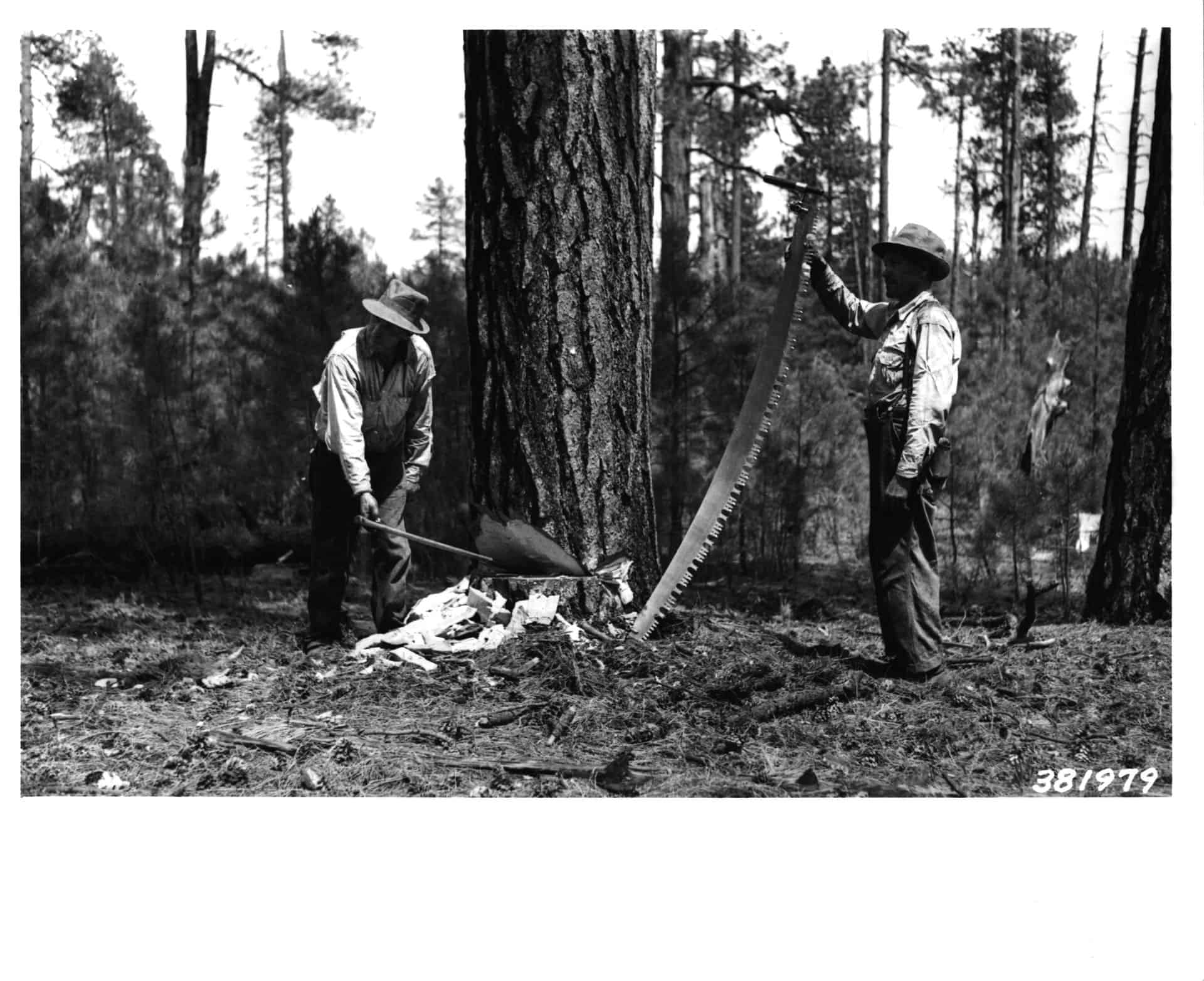
This is my introductory post related to an important emerging trend: the increasing interest in “place-based” (national forest-specific) legislation and the use of formalized agreements/MOUs between the USFS and various collaborative groups. We’ve had some discussion of Senator Tester’s Forest Jobs and Recreation Act already (here’s my perspective on it). Another controversial bill is Senator Wyden’s S. 2895, the Oregon Eastside Forests Restoration, Old Growth Protection, and Jobs Act of 2009.
While these bills receive national attention, there are place-based initiatives happening on other national forests as well, including the Lewis and Clark, Colville, Clearwater and Nez Perce, Fremont-Winema, Tongass, and federal forests in Arizona, among others. Each initiative is different in significant ways. But all are searching for more durable, bottom-up, and pro-active solutions to national forest management. Some negotiations, like that on Idaho’s Clearwater and Nez Perce, may result in proposed legislation. But others, including arrangements on the Colville and Fremont-Winema, aren’t based on forest specific laws but instead operate through formalized agreements and protocols with the USFS.
Here is a list of such initiatives that I’ve been looking at lately:
| Bills and Legislation |
| S. 1470 Forest Jobs & Recreation Act (Senator Tester/Montana Bill) |
| S. 2895 Oregon Eastside Forests Restoration, Old Growth Protection, and Jobs Act of 2009 (Senator Wyden Bill) |
| Pub. L. No. 111-11, Forest Landscape Restoration Act |
| Rocky Mountain Front Heritage Act (unsponsored proposal) (Lewis & Clark National Forest, Montana) |
| Agreements |
| Northeast Washington Forestry Coalition Blueprint (Colville National Forest) |
| Lakeview Stewardship Group (Fremont-Winema National Forest, Oregon) |
| Misc/In Development |
| Clearwater Basin Collaborative (Clearwater and Nez Perce National Forests, Idaho) |
| Others at various stages of development (e.g., Arizona’s Four Forests Restoration Initiative, Tongass Futures Roundtable, etc.) |
I’ve chosen this sample because it includes two controversial bills and two well-established MOUs that share some similar goals and purposes, but go about things differently. I’ve also included the proposed Rocky Mountain Front Heritage Act because it provides a specific proposal focused on travel management and other resource management issues, like weeds. My analysis also includes the Forest Landscape Restoration Act (Pub. L. No. 111-11). I included this Act because it shares some similar goals and purposes as found in the aforementioned bills and MOUs, and because some initiatives hope to use funds already authorized in the law. Also included in parts of the analysis are some proposals that are still in the drafting stage. In these cases, no final agreements have been made, but in some situations there are preliminary areas of agreement that are of relevance. This list is not exhaustive, and there are others I hope to learn from as well, like the restoration efforts in Alabama, the Four Forests Restoration Initiative in Arizona, and the tumultuous life of the Tongass Futures Roundtable.
What I hope to do in this series of posts is to make some initial observations that are of general relevance to national forest management, and in some cases of particular relevance to the new forest planning rule. I believe these cases offer a lot of lessons, from the bottom-up. I also hope that our sophisticated cast of contributors and readers can help raise questions, and in so doing help sharpen my analysis of this issue.
Martin Nie








